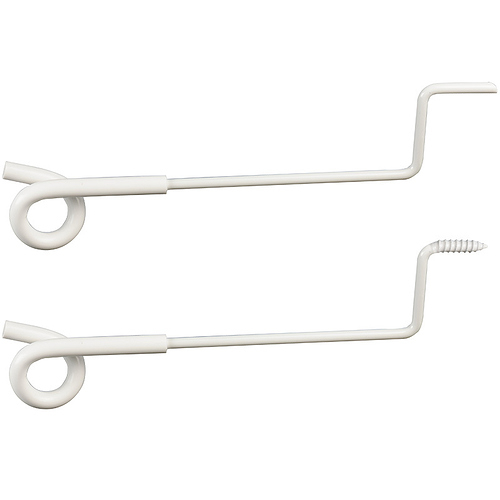So I’m about to close on my first property. It is currently perimeter fenced but there is no livestock on 3 sides (ie beautiful lush grass) and other horses on the 4th side, my horses will very much need to be told to back off of those fences. I’m planning to run electric tape across the top of the perimeter fence and eventually cross fence it as well. Google Earth and I have been measuring fence lines and I’m up to 2.5 miles with all of the eventual things I’d like to add. In my searching on electric fencing I’ve seen one site that recommended getting an energizer rated for 10x the distance you actually need and others more reasonably recommend 3x the “max distance” that the manufacturers list the energizer for. What has been your experience, any other reputable sources that have posted statistics? I’m planning to get an AC fencer that plugs in and am leaning towards Speedrite, but I could be swayed by another reputable energizer (any you absolutely loved or hated?). As much as a part of me says oh, just go with the higher one, there is a noticeable price difference in the 1000, 2000, and 3000 models, and the fencing is going to be an expensive start up cost to begin with. I don’t want to be replacing it next year because it’s not up to snuff, but I also don’t want to drop an extra $150 I could have put elsewhere for something I don’t need.
Also, does tape width affect the distance it calculates for? I was thinking of using the 1.5" tape along the top and 1/2" tape for the lower strands on the cross fencing.
*I’m in a wet location with lots of rainfall and humidity. Trees are well cleared off of the fence lines, lower strand will be more than a foot off of the ground so grass interference should be minimal.

